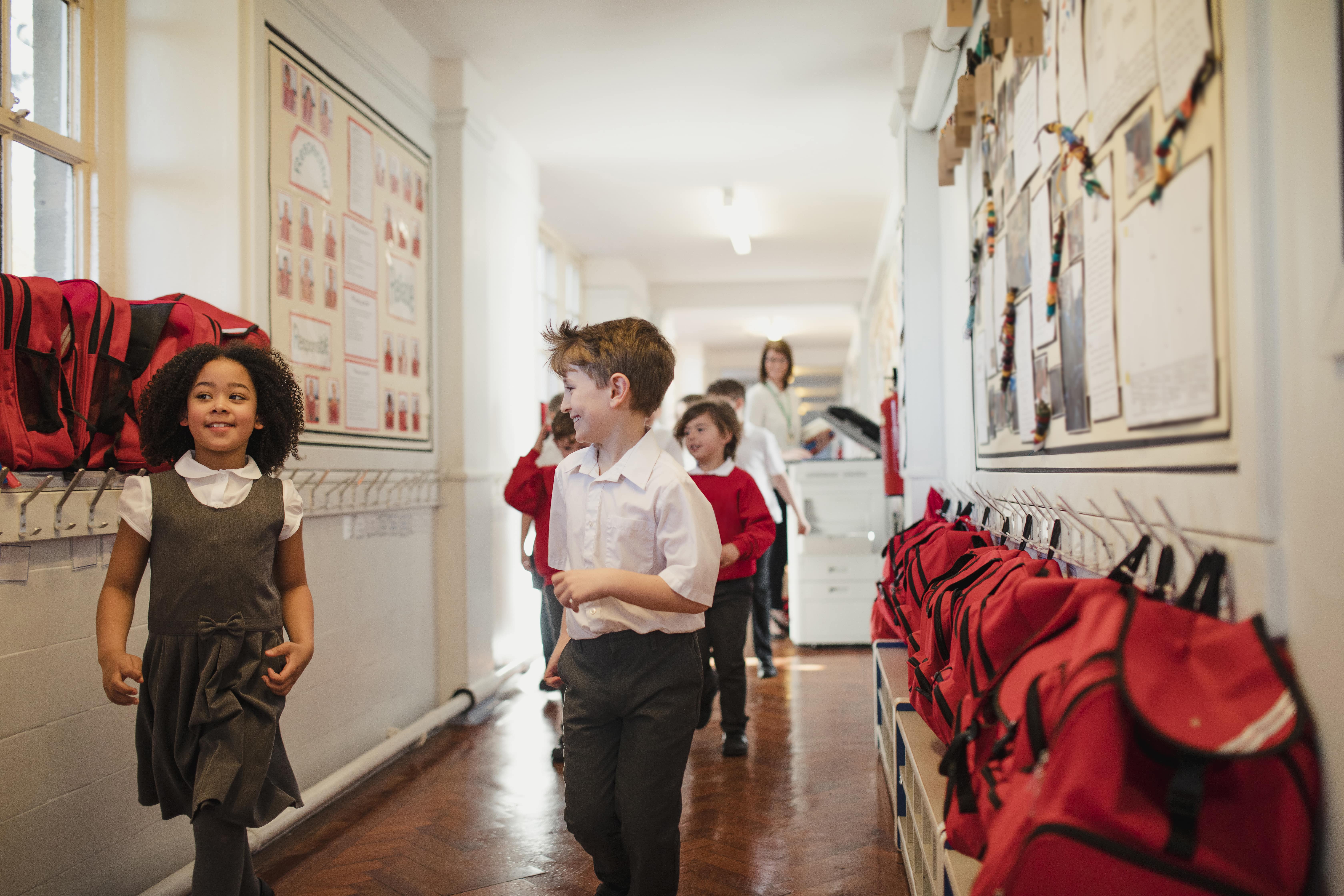 The aesthetic and architectural design of a school building can affect productivity, learning and even security. Karen Trigg, business development manager at Allegion UK, discusses ways to overcome security challenges caused by design.
The aesthetic and architectural design of a school building can affect productivity, learning and even security. Karen Trigg, business development manager at Allegion UK, discusses ways to overcome security challenges caused by design.
When you walk into any building, its aesthetic design will impact you almost immediately. A physical design can rouse inspiration just as equally as it can make you feel relaxed, safe or welcomed.
Although important, the successful operation of a building encompasses more than just aesthetic design. Factoring in security shouldn’t be an afterthought. All the complexities of design should influence all the security decisions. And, whilst physical environment is undoubtedly significant, all other aspects of architectural design (such as practicality) should be considered too.
As the Design Council aptly summarises: “Good design is not just about the aesthetic improvement of our environment; it is as much about improved quality of life, equality of opportunity and economic growth.”
It’s no surprise, then, that when it comes to schools, the building design needs to provide a safe and secure environment whilst encouraging creativity and academic performance. It must also account for all types of user groups and situations, so that efficiency isn’t hindered, safety is of high priority and flow of movement is maximised in all areas.
How important is aesthetic design?
Pupils (and staff) spend a lot of their time in classrooms. For the pupils, the physical environment can have a significant effect on their learning, productivity, creativity and concentration.
A number of previous studies have explored this, revealing that colour, complexity and light are among some of the environmental factors with the biggest effect on academic performance.
On a basic level, our physical surroundings can impact the way we feel and our motivation to contribute to certain situations. Therefore, in schools, if pupils feel safe and comfortable, their motivation is likely to increase, leading to greater productivity.
Aesthetic design also gives you the freedom to cater specific areas to different pupils’ needs. In classrooms, it can provide an effective visual aid for learning. At the same time, there can be areas which reinforce more calming aspects for those with specific needs.

How to factor in security in architectural design
Alongside establishing the benefits of aesthetic design, architectural design and layout also play a big part in maintaining a safe and secure environment.
Our recent survey showed that 43.9% of facility managers in the education sector express concern with the design or layout of their building, and the security issues this potentially poses. Two of the main causes for this concern were narrow, bottleneck areas and the speed of exit in an emergency.
So, if the layout or design of a school is impeding on aspects like escape routes, for example, it’s important to establish weak points and improve communication and training. It’s also important to take small (yet effective) measures, such as making sure all fire escape routes are free from obstruction and all building occupants know the procedure in the event of an evacuation.
Protecting the vulnerable / accounting for all user groups
Considering certain aspects of design is essential to making sure everyone – regardless of specific needs and requirements – feels welcomed and can access areas of a building safely and efficiently.
For example, different areas serve different purposes. Security products and solutions should account for different users, making sure they understand the product and are able to use it safely and correctly.
A key way of ensuring optimal safety and security for all occupants is a layered approach. This means making sure communication is an integral part of the system as well as implementing products and solutions which compliment, and are compatible for, the building and its specific requirements.
Sources
https://www.designcouncil.org.uk/sites/default/files/asset/document/the-value-of-good-design.pdf
https://www.wired.co.uk/article/school-design-influences-learning
https://www.promoteyourschool.co.uk/blog/impact-aesthetic-environment-attitude-learning
